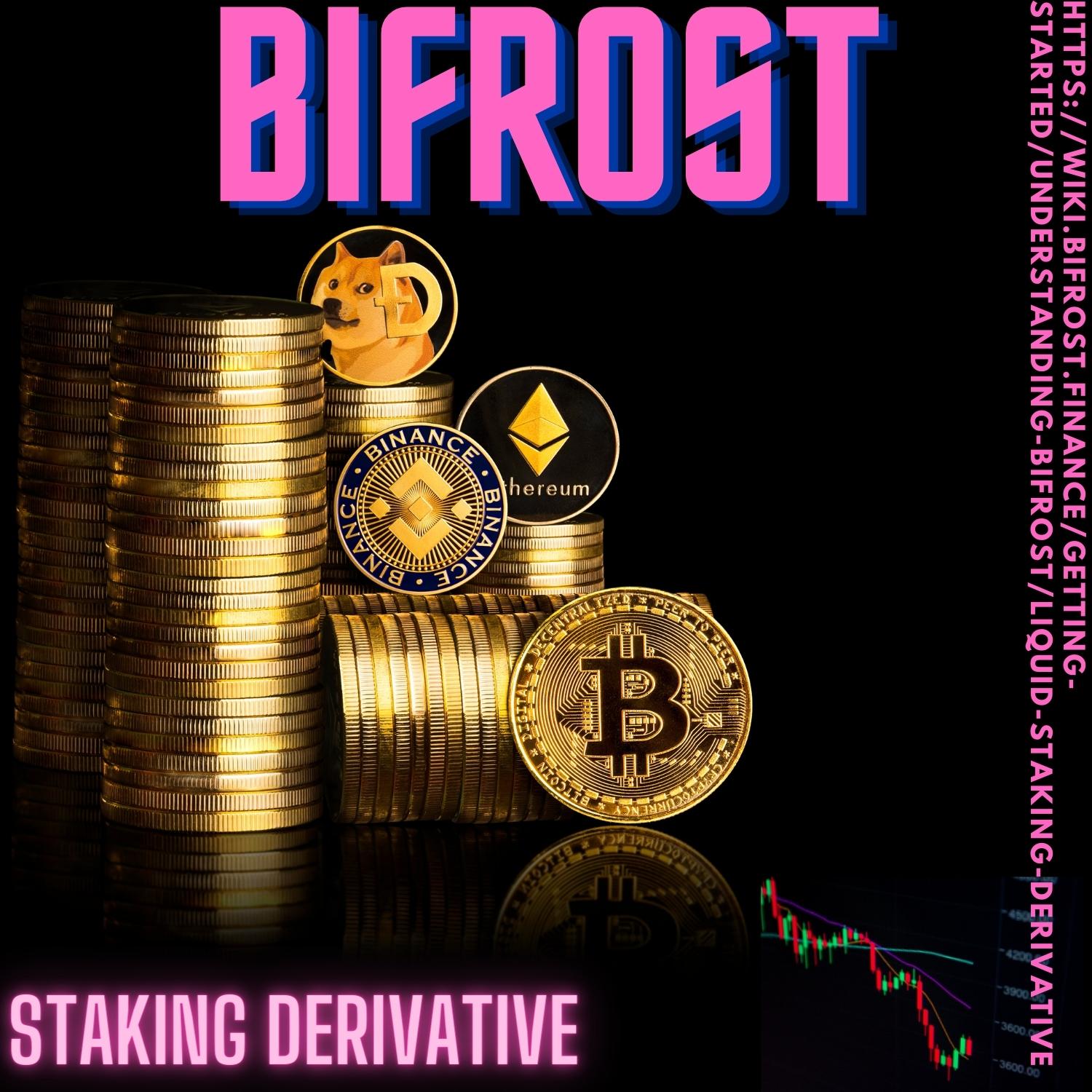A staking derivative is a financial instrument that allows cryptocurrency holders to participate in staking without actually locking up their tokens in a network’s proof-of-stake (PoS) protocol. Staking is a process in which users lock up a certain amount of cryptocurrency as collateral to support network operations, such as transaction validation and block production, in exchange for rewards. However, staking often involves a commitment period during which the staked tokens cannot be easily accessed or traded. Staking derivatives were introduced to address this limitation and provide users with a way to maintain liquidity while earning staking rewards.
Staking derivatives work by representing the staked tokens as a separate financial instrument, typically in the form of a token or a contract, that can be traded on various cryptocurrency exchanges. These derivatives are backed by the original staked assets and accrue rewards proportionally. Here’s how they function:
-
Tokenization: The staked assets are tokenized into a new asset class, often referred to as “staking tokens” or “staking derivatives.” These tokens can represent a specific share of the staked assets and are typically fungible and transferable.
-
Trading: Staking derivatives can be traded on cryptocurrency exchanges just like any other cryptocurrency. Users can buy, sell, and trade these derivatives without affecting their staked positions.
-
Reward Distribution: Rewards earned from staking, such as additional cryptocurrency tokens or transaction fees, are distributed to the holders of staking derivatives in proportion to their holdings. This allows users to earn rewards without the need to actively participate in the staking process.
-
Redemption: Users can often redeem their staking derivatives for the underlying staked assets after a specified period or under certain conditions. This redemption process ensures that the staking derivatives maintain a direct connection to the staked assets.
Staking derivatives provide several benefits to cryptocurrency holders. They offer increased liquidity since users can trade their staking derivatives at any time, avoiding the lock-up period associated with traditional staking. Additionally, they allow for more flexibility in managing one’s staking strategy, as users can adjust their exposure to staking rewards without making significant changes to their staked positions.
However, it’s essential to be aware of the risks associated with staking derivative, such as potential smart contract vulnerabilities, counterparty risk on derivative platforms, and fluctuations in the value of the staking derivative itself. Users should conduct thorough research and exercise caution when participating in the staking derivative market. For more information visit bifrost.





